Best Time to Post on Instagram in 2025 (with Data)
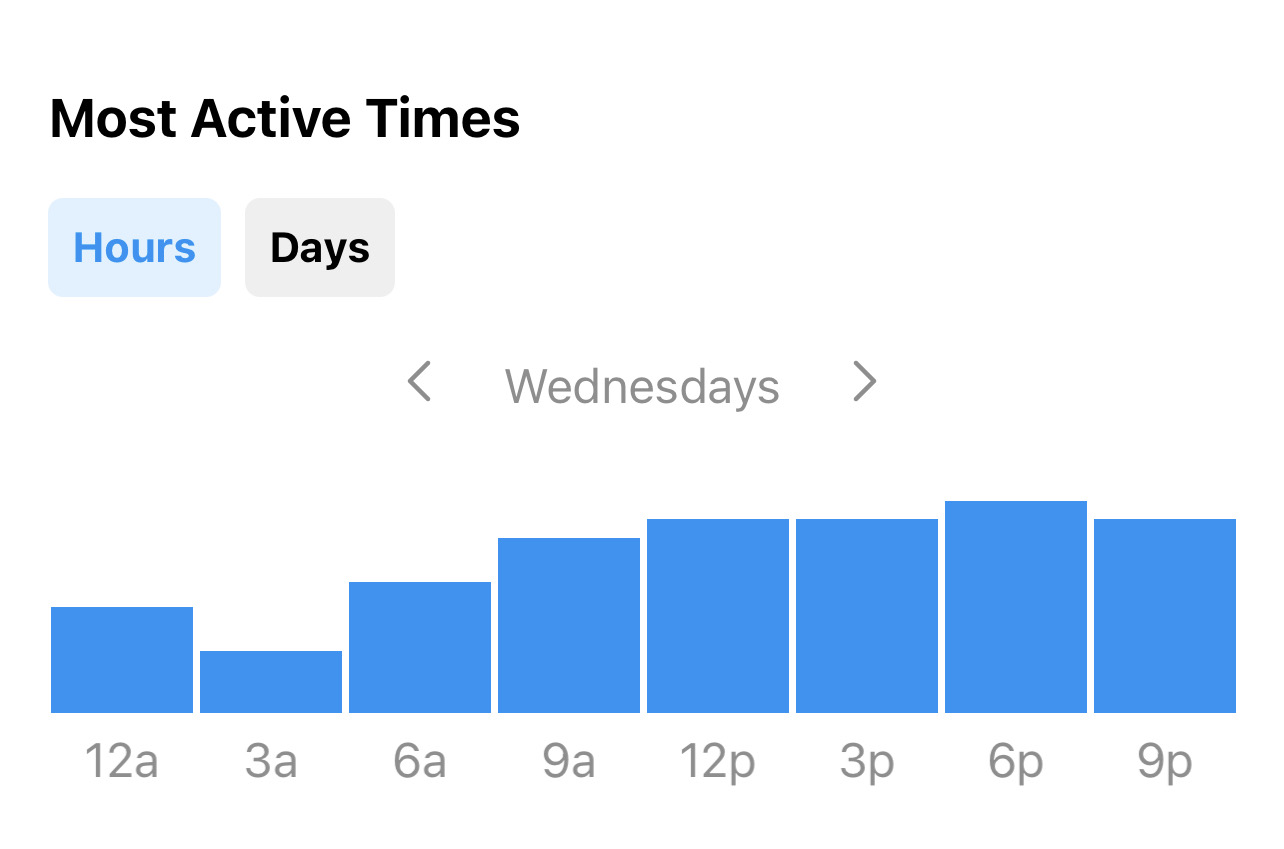
🚀 Want to grow faster on Instagram? Explore our Instagram growth services — from followers and views to engagement boosting tools. Perfect for creators and brands in 2025.
Best Time to Post on Instagram in 2025 (with Data)
Real analytics, day-by-day breakdowns, and Reels-specific timing — not myths.
1. Why the “Best Time to Post on Instagram for Engagement” Still Matters in 2025

In 2025, understanding the best time to post on Instagram is no longer just a minor optimization — it’s a core part of every Instagram growth strategy. Timing determines how your content performs within the first critical minutes after posting — what experts call the “velocity window.” During this short period (typically 10–15 minutes), the Instagram algorithm tracks early engagement signals such as likes, saves, shares, and comments to decide whether your post deserves to reach a wider audience.
When your post goes live at the wrong time — for instance, when your followers are asleep or inactive — the algorithm interprets the lack of early engagement as low relevance, reducing your overall reach, visibility, and ranking on Explore. That’s why top-performing brands and content creators plan their uploads around their audience’s active hours, using data from Instagram Insights to identify when their followers are most responsive. The difference between posting during a high-engagement window versus a quiet period can mean up to 3× higher engagement rates and significantly more profile visits.
This trend applies across all formats — Reels, Stories, and carousel posts. Reels posted at optimal times gain higher replay rates and are more likely to appear on the Reels tab and Explore feed. Stories shared during morning or lunchtime peaks generate more taps and replies, while carousels tend to perform best in late afternoons when users have more time to scroll. Understanding these patterns helps you turn consistent posting into measurable growth.
In short, the secret to success isn’t posting more — it’s posting smarter. In 2025, Instagram’s algorithm values relevance, consistency, and audience synchronization over pure frequency. By aligning your schedule with your community’s online behavior, you build organic momentum that amplifies your reach naturally — without relying solely on ads or paid boosts. It’s not just about what you post, but when and how strategically you do it.
According to data from Later, Buffer, and Sprout Social, posts shared during audience peak hours achieve up to 2.3× higher engagement, 150% more saves, and a longer visibility lifespan. The first hour after publishing is statistically the most critical for algorithmic ranking.
In 2025, Instagram’s AI-powered algorithm has become more sophisticated than ever — prioritizing early interaction, relevance, and audience retention over raw post frequency. Each piece of content is analyzed within seconds after publishing: the system evaluates how quickly users like, save, comment, or share during the first 60 minutes. This early activity window — often called the “engagement velocity zone” — acts as a decisive ranking signal.
When your post triggers strong engagement in that initial window, Instagram’s AI classifies it as high-quality content and rewards it with extended reach through Explore, Reels recommendations, and even the “Suggested for You” placements in followers’ feeds. This visibility snowball can multiply your exposure by 3×–5×, allowing small creators and niche brands to outperform larger competitors that rely solely on follower count.
Conversely, if engagement remains low in the first 30–60 minutes, the algorithm gradually limits distribution, prioritizing newer or more engaging posts instead. That’s why understanding the best time to post on Instagram for engagement is crucial — it ensures your audience is active when your post goes live, increasing the likelihood of instant interaction and stronger performance metrics.
To maximize results, align your content schedule with audience behavior insights from Instagram Insights and your overall brand video strategy. Track metrics like reach, saves, and watch time to identify your personal “golden hour” — the exact time your followers are most likely to engage. In 2025, success on Instagram depends less on luck and more on data-driven precision.
To master timing, combine algorithm awareness with data from Instagram Insights and video optimization tactics from our brand video strategy guide. Each format — Reels, Stories, and Feed posts — follows a unique visibility curve, so posting them at the same time every day may limit total reach.
If your Instagram posts still underperform despite great visuals or strong captions, the issue may not be your creativity — but the technical side of content publishing. In 2025, the Instagram algorithm evaluates not only engagement signals but also how well your media performs in terms of quality, loading speed, and viewer retention. Poorly optimized uploads (wrong format, heavy compression, or unstable connection during posting) can silently lower your visibility.
Before hitting “Share,” make sure your videos and images follow the latest Instagram upload best practices: use vertical ratios like 4:5 for Feed and 9:16 for Reels, export in 1080×1920 px resolution, and avoid aggressive compression tools that damage sharpness. These small adjustments can dramatically improve how the algorithm perceives your content, ensuring that your visuals remain crisp and clear across devices — a subtle but real ranking advantage.
Our detailed guide on Instagram photo and video quality breaks down how upload timing, aspect ratio, and even network stability affect both the aesthetic presentation and algorithmic discoverability. Many creators overlook this connection, but data shows that content posted under stable Wi-Fi, with correct encoding and metadata, tends to perform better in reach and engagement.
In short, posting at the right time means more than just matching your audience’s schedule — it also means ensuring your upload meets Instagram’s technical performance benchmarks. The combination of precise timing, optimized file delivery, and smart storytelling is what truly separates professional content from casual posting in 2025. Brands that treat timing as both a creative and technical strategy gain the edge in visibility, trust, and ROI.
2. Best Days & Times to Post on Instagram (2025 Data Insights)
Multiple analytics platforms, including Later, Buffer, and Sprout Social, analysed millions of posts worldwide. Below is a simplified summary of the most consistent engagement peaks by weekday.
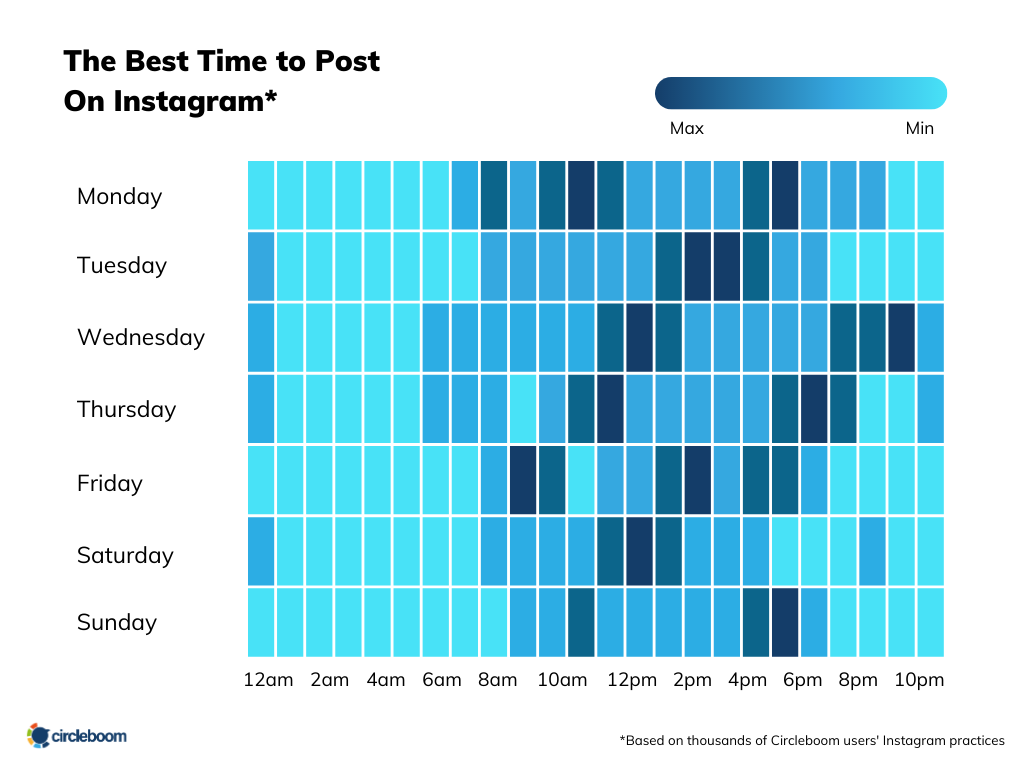
| Day | Peak Time ( Local ) | Engagement Trend | Notes |
|---|---|---|---|
| Monday | 10 am – 12 pm & 3 – 6 pm | ⬆ Strong | Great for starting the week — focus on motivational Reels or brand updates. |
| Tuesday | 5 – 8 am & 3 – 7 pm | ⬆⬆ Very High | Known “prime engagement day”. Ideal for promotional posts or Reels launches. |
| Wednesday | 10 am – 3 pm | ⬆ High | Consistent reach — educational content and carousel posts perform well. |
| Thursday | 4 – 5 am & 12 – 1 pm | ⬆⬆ Very High | Morning posts win early visibility before feed saturation. |
| Friday | 11 am – 2 pm | ⬆ High | Before-weekend energy; short Reels and lifestyle clips perform best. |
| Saturday | 10 am – 1 pm | ⬆ Moderate | Casual content — behind-the-scenes or community posts shine. |
| Sunday | 12 – 3 pm or 5 – 7 pm | ⬆ Balanced | Great for storytelling & emotional posts; fewer brand ads in feed. |
📊 Data aggregated from Later, Buffer & Hootsuite (2024 → 2025 trend reports).
The global best time to post on Instagram in 2025 still falls between 10 a.m. and 3 p.m. local time, Monday through Thursday — when user activity peaks during work breaks and early afternoon scrolls. However, a new pattern has emerged: the early-morning window (5–8 a.m.) is becoming a powerful low-competition period where content faces fewer algorithmic bottlenecks. Creators who post in this timeframe often notice a gradual engagement buildup throughout the day, as their content gains traction before the feed becomes saturated.
These patterns are driven by behavioral analytics and session clustering in the latest Instagram Insights data. Instagram’s AI now tracks user session frequency and aligns feed distribution with personalized habits. That means your “optimal time” might differ slightly depending on where your audience is located, their age group, and activity frequency. For international creators or global e-commerce brands, this makes timezone-aware scheduling essential.
For instance, brands targeting both the U.S. and European markets often implement a dual-posting strategy: one post at 9 a.m. EST (3 p.m. CET) to capture the morning audience in America and the midday crowd in Europe, and another at 6 p.m. CET (12 p.m. EST) to reach post-work users and evening scrollers. This smart, data-driven rhythm can boost cross-region engagement by 25–35% without additional ad spend — an easy win for marketers balancing multiple time zones.
If you manage an audience across Asia, North America, or the Middle East, consider using scheduling tools such as Meta Business Suite or Later to automate and test different posting windows. Tracking your peak engagement hours weekly will help refine your own Instagram posting calendar and reveal micro-trends specific to your audience’s habits. In 2025, success isn’t about guessing the best time — it’s about building a data-verified posting strategy that evolves with your followers.
If your posts still drop in reach despite following optimal hours, check our Instagram quality guide — poor compression or visuals can hurt performance even at the perfect posting time.
3. Best Time to Post Instagram Reels & Stories in 2025
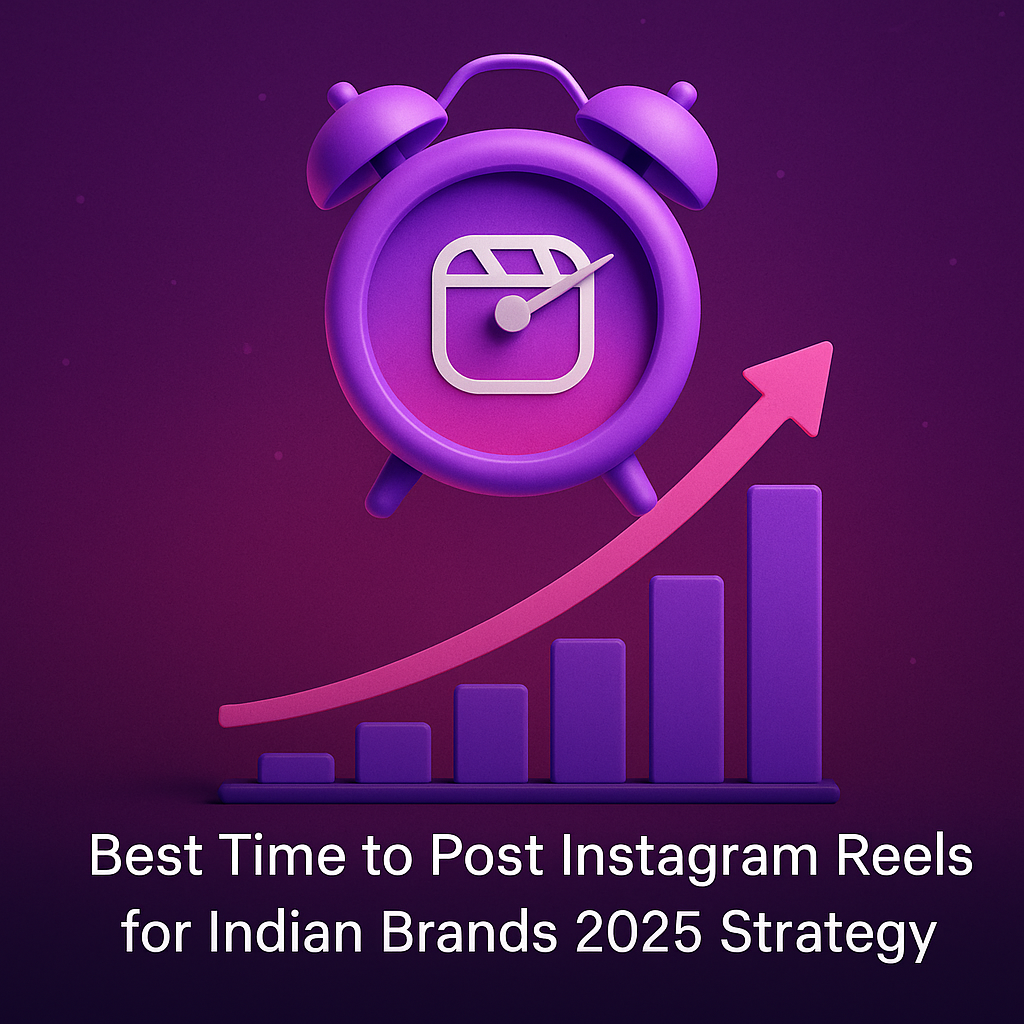
Reels dominate Instagram in 2025, driving over 60 % of platform engagement. According to HopperHQ, Reels perform best between 12 – 2 pm and after 6 pm on weekdays, while Influencer Marketing Hub notes morning windows (7–9 am) as emerging growth periods for 2025.
Stories, on the other hand, sustain visibility throughout the day. Peak view-through rates happen during 11 am – 2 pm (lunch breaks) and again at 7 – 9 pm. This is ideal for limited-time offers, polls, and product teasers that push engagement fast.
To maximise results, combine both formats strategically: publish Reels at midday for discovery and Stories in the evening for connection. Learn more about optimising Stories in our detailed Close Friends Stories guide.
4. Best Day & Time to Post on Instagram by Niche
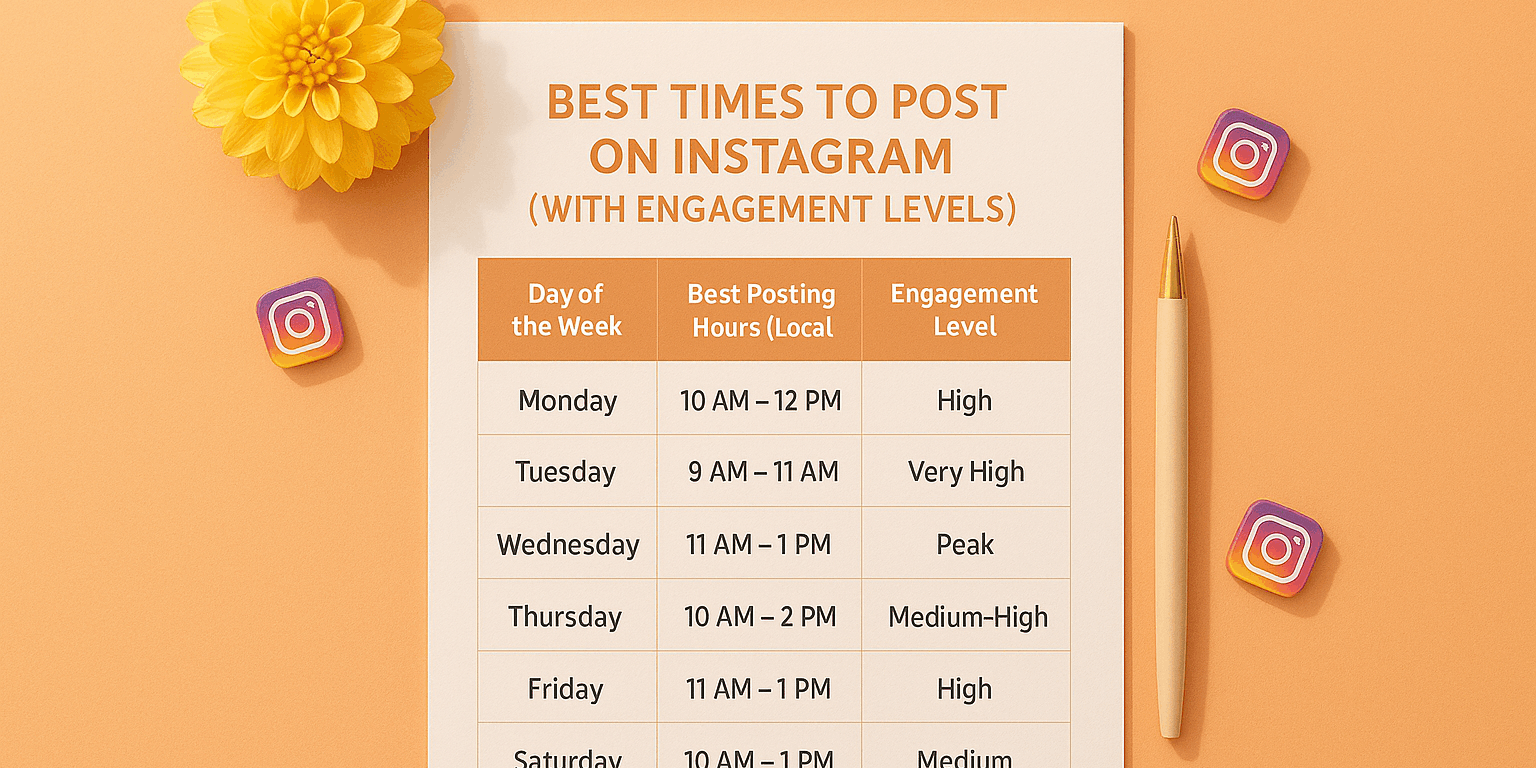
The best day and time to post on Instagram in 2025 isn’t universal — it depends heavily on your niche, audience behavior, and content format. Data from Later and Sprout Social confirms that weekday posting — especially from Tuesday to Thursday between 9 a.m. and 2 p.m. — delivers the most consistent engagement for brands and small businesses. This timeframe aligns with user breaks, commute scrolls, and midday activity peaks.
For example, business accounts and B2B brands typically perform best during early work hours (9–11 a.m.), when professionals check updates before meetings. In contrast, lifestyle and travel influencers often see their highest reach on weekends — especially Saturday mornings between 9 a.m. and noon, when audiences are relaxed and more receptive to aspirational content. A travel blogger posting a sunrise Reel or a “morning coffee view” Story often gets 40–50 % higher saves and comments than weekday posts.
Entertainment and creator accounts thrive during off-hours — late evenings (7–10 p.m.) — when users unwind after work. Think of a stand-up comic posting a funny clip before bedtime, or a musician sharing a teaser before a weekend show. These late-hour posts tend to earn strong share rates and comment threads due to the emotional, social nature of evening browsing.
Meanwhile, educational and brand-driven creators — such as fitness coaches, marketing experts, or online tutors — see better results midweek around lunchtime or mid-afternoon. These audiences engage during “micro-learning” moments between tasks, making carousel tutorials and Reels explainers perform exceptionally well at these times.
The takeaway: the best time to post on Instagram for engagement isn’t fixed — it’s contextual. Test your niche-specific schedule using Instagram Insights to identify patterns in reach, saves, and watch time. Once you align your content type with your audience’s routine, you’ll find that even small timing shifts can transform a good post into a viral one.
Here’s a snapshot from aggregated reports by Iconosquare and Outfy:
- Travel & Tourism: Weekdays 10 am–12 pm & evenings 7–9 pm. Weekend 9–11 am for leisure audiences.
- Fashion & Beauty: Lunchtime posts (12–2 pm) and early evenings (6–8 pm) show top engagement.
- Food & Beverage: Best on Friday–Saturday 10 am–1 pm — share appetising visuals before meals.
- Education / Online Learning: Weekdays 11 am–3 pm; ideal for carousels and tutorial Reels.
- Healthcare / Wellness: Monday 10 am–1 pm or Tuesday 11 am–4 pm, focusing on lifestyle motivation.
For creators or brands managing international audiences, time-zone overlap is one of the most critical — and overlooked — factors in Instagram growth. Posting when multiple audience segments are simultaneously active ensures higher initial impressions and sustained engagement throughout the day. If, for example, 40 % of your followers are in Europe and 30 % in the U.S., scheduling your main post at 9 a.m. EST (3 p.m. CET) allows you to hit both morning and midday audiences at once — maximizing your “first-hour velocity,” which the algorithm heavily favors.
To refine this, many global content creators use a dual-posting strategy: the first slot (morning/afternoon) captures engagement from Europe and North America, while a second post 10–12 hours later re-engages followers in Asia-Pacific or night-owl audiences. Comparing these two slots inside Instagram Insights helps identify which time drives stronger reach, retention, and save rates.
Use these insights to design a time-zone-aware content calendar. Pair timing with format for maximum visibility: publish Reels during midday (when users browse visually engaging content), and Stories in the evening (when engagement becomes more conversational). This combination builds a natural flow — Reels attract discovery traffic, while Stories deepen relationships and conversions later in the day.
A practical example: a digital fashion brand in Paris might post a style Reel at 3 p.m. CET to engage European followers, then share a Story recap at 9 p.m. CET targeting late-night U.S. activity. This simple timing adjustment can increase international visibility by up to 28 % without spending a cent on ads.
In 2025, the most successful creators don’t just chase the “best time to post on Instagram” — they build an adaptable, data-informed rhythm that mirrors their global audience’s lifestyle. Every post becomes part of a 24-hour engagement ecosystem, ensuring consistent visibility no matter where followers live or when they scroll.
5. Instagram Algorithm Update 2025: Why Timing Still Matters
Instagram’s 2025 update introduced distinct algorithms for Feed, Reels, Stories, and Explore. That means each format now responds differently to user behaviour and posting time. The first 30 minutes remain the golden window for engagement — the algorithm uses early activity to decide reach potential.
According to Later, Reels ranking depends on completion rate and average watch time, while Feed ranking prioritises comments and saves. Posting when your audience is most active gives both algorithms a strong signal of relevance.
Another key factor is competition density. The 2025 feed is more saturated than ever, meaning that posting at slightly off-peak times (like 8:30 am or 4:45 pm instead of sharp hours) can increase exposure by 10–15 %. This “micro-window” tactic helps small brands outperform larger ones in engagement velocity.
If your engagement still drops despite good timing, review your visual consistency — our Hide Likes Guide explains how aesthetic and social proof influence algorithmic ranking.
6. How to Find Your Own Best Time to Post on Instagram
There’s no universal answer — your “best time” depends on your followers’ habits. Instead of guessing, follow this data-driven checklist used by top creators and agencies:
- Switch to a Business or Creator Account — unlock Instagram Insights.
- Open Audience → Followers → Most Active Times — note top days and hour blocks.
- Export data or screenshot it weekly for comparison.
- Track performance of your last 20 posts (day, time, format, reach, saves, comments).
- Find overlaps between high-performance posts and follower activity windows.
- Test 2–3 time slots over two weeks — keep content quality consistent.
- Analyse after 14 days — choose the slot with best engagement-to-reach ratio.
- Adjust quarterly — audience behaviour evolves with seasons and algorithms.
Creators using this method report +30 % engagement improvement on average within one month. For detailed performance tracking and KPI interpretation, see our guide on Instagram Reels trends and profile optimisation tips.
💡 Pro Tip: Try publishing content 15 minutes *before* the top activity window. This ensures your post is already in followers’ feeds as they log in, increasing initial engagement velocity.
7. Recommended Instagram Posting Schedules (2025)
To make data actionable, here’s a summary of the best Instagram posting schedules 2025 based on your brand size, audience type, and content goals. These are flexible frameworks, not fixed rules — use them as a foundation for your own Insights testing.
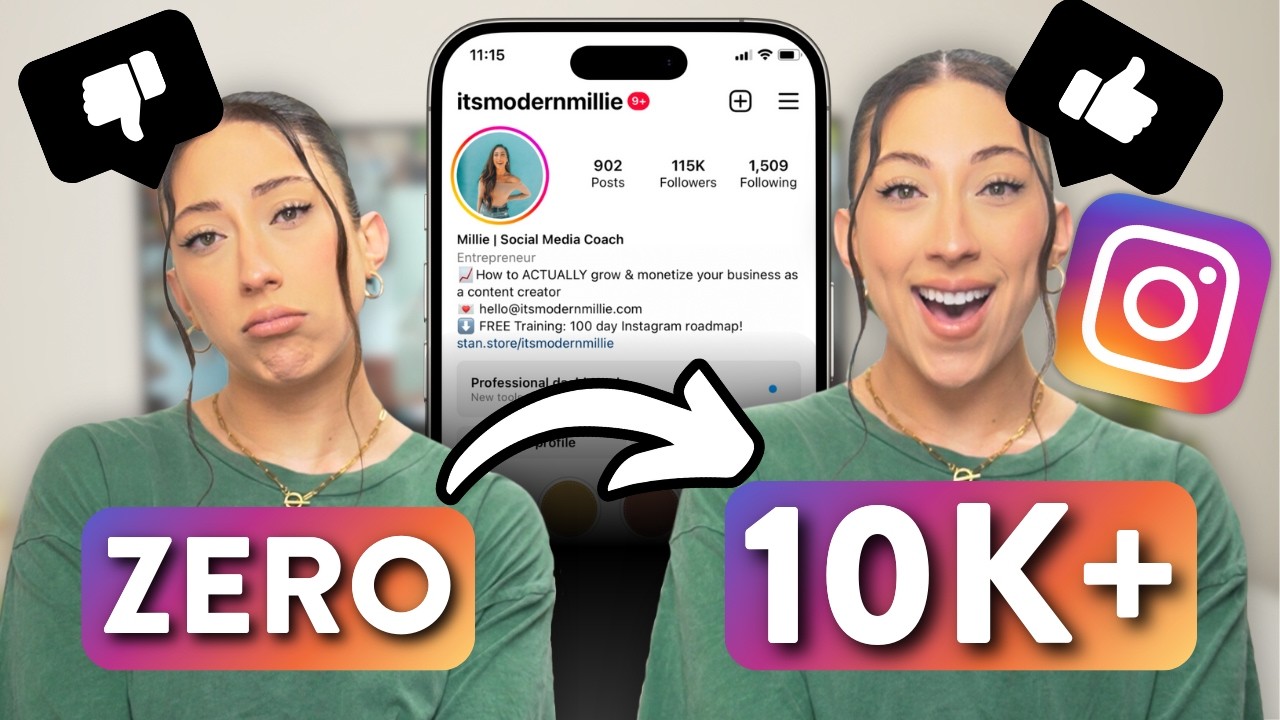
| Audience Type | Ideal Days | Best Time Slots | Recommended Frequency |
|---|---|---|---|
| Small Business / Local Brand | Mon, Wed, Fri | 10 am – 12 pm / 6 – 8 pm | 3–4 posts weekly + 5 Stories |
| Creators / Influencers | Tue, Thu, Sat | 12 – 2 pm / 7 – 9 pm | 4–5 Reels weekly + daily Stories |
| E-commerce / Product Brands | Mon–Fri | 9 am – 11 am / 5 – 7 pm | 5 posts weekly + campaign Stories |
| Service-based Businesses | Mon, Tue, Thu | 8 – 10 am / 3 – 5 pm | 3 posts weekly + weekly carousel |
| Global Brands / Multi-region | Tue–Fri | 9 am EST / 3 pm CET | 2 time-zone posts daily |
🕓 Time ranges are based on 2025 data from Later, Iconosquare, and SproutSocial.
Scheduling consistency trains your audience’s expectations. The algorithm values predictable behaviour — brands posting 3–5× weekly see 38 % higher retention in 2025. Avoid “content dumps” or long posting gaps — these reset engagement velocity.
Learn how to create Reels that fit these windows in our Video Creation Guide and improve your captions with the Best Instagram Captions 2025 toolkit.
8. Common Mistakes When Choosing the Best Time to Post
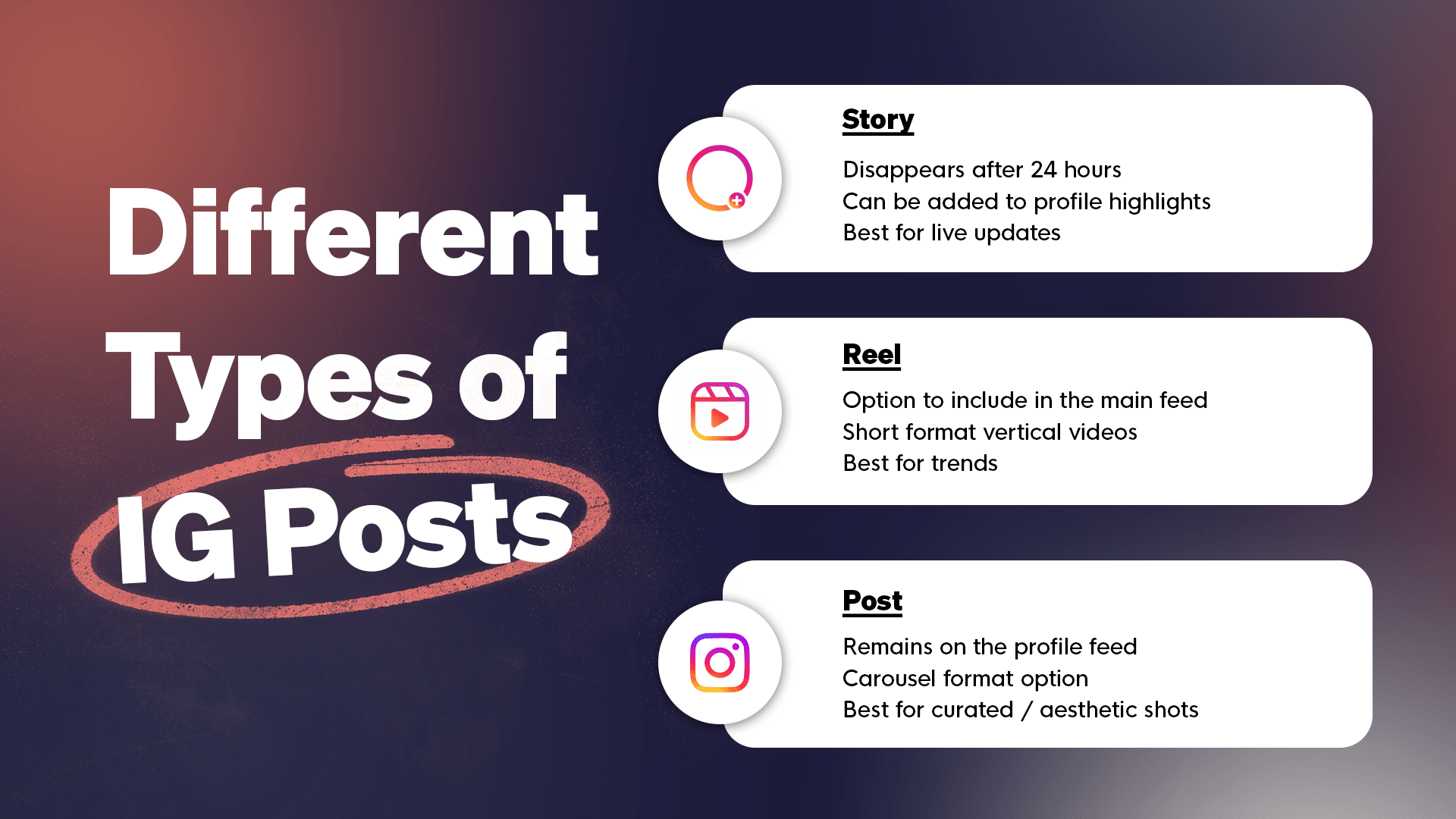
- Ignoring Time Zones: If your followers are global, posting in your local time may miss key regions. Always analyse follower geography in Instagram Insights.
- Posting Too Frequently: Overposting can cause “engagement fatigue”. Maintain 3–5 quality posts weekly instead of daily spam.
- Not Testing Variations: Don’t rely on one-time studies — audience behaviour evolves. Re-test timing every quarter.
- Skipping Reels Timing: Reels follow different visibility cycles. If you post Reels during work hours, you may miss your evening peak.
- Neglecting Captions and Thumbnails: Algorithm evaluates early engagement signals — captions and covers matter. Use emotional hooks and branded visuals.
- Publishing Without CTA: Encourage action: comment, save, or follow. Early interaction boosts ranking in Explore.
For a deeper understanding of algorithm-driven engagement, check our article about Instagram activity patterns and visibility settings.
Quick Cheat Sheet: Best Time to Post on Instagram 2025
| Region | Top Posting Time | Timezone |
|---|---|---|
| North America | 9 am – 12 pm / 6 – 8 pm | EST / PST |
| Europe | 8 – 10 am / 5 – 7 pm | CET / GMT |
| Asia-Pacific | 11 am – 1 pm / 7 – 9 pm | SGT / JST |
| Australia | 6 – 9 am / 8 – 10 pm | AEST |
| Latin America | 10 am – 12 pm / 7 – 8 pm | GMT-3 / GMT-5 |
🌍 Adjust for Daylight Saving Time changes and local audience patterns.
If your brand operates globally, use a scheduling tool like Meta Business Suite or Later to automate region-specific posting. These tools adapt automatically to time zones, ensuring your content goes live when followers are most active.
FAQ: Best Time to Post on Instagram in 2025
Does the best posting time still matter in 2025?
Is there a universal best time for everyone?
When is the best time to post Instagram Reels in 2025?
How often should I change my posting schedule?
How do I handle multiple time zones for global followers?
How can I check if my new schedule actually works?
Official References & Trusted Sources
Data in this article was cross-verified using official research and analytics from trusted industry platforms. Explore these authoritative resources for deeper insights into Instagram engagement and scheduling best practices (links open in new tabs):


